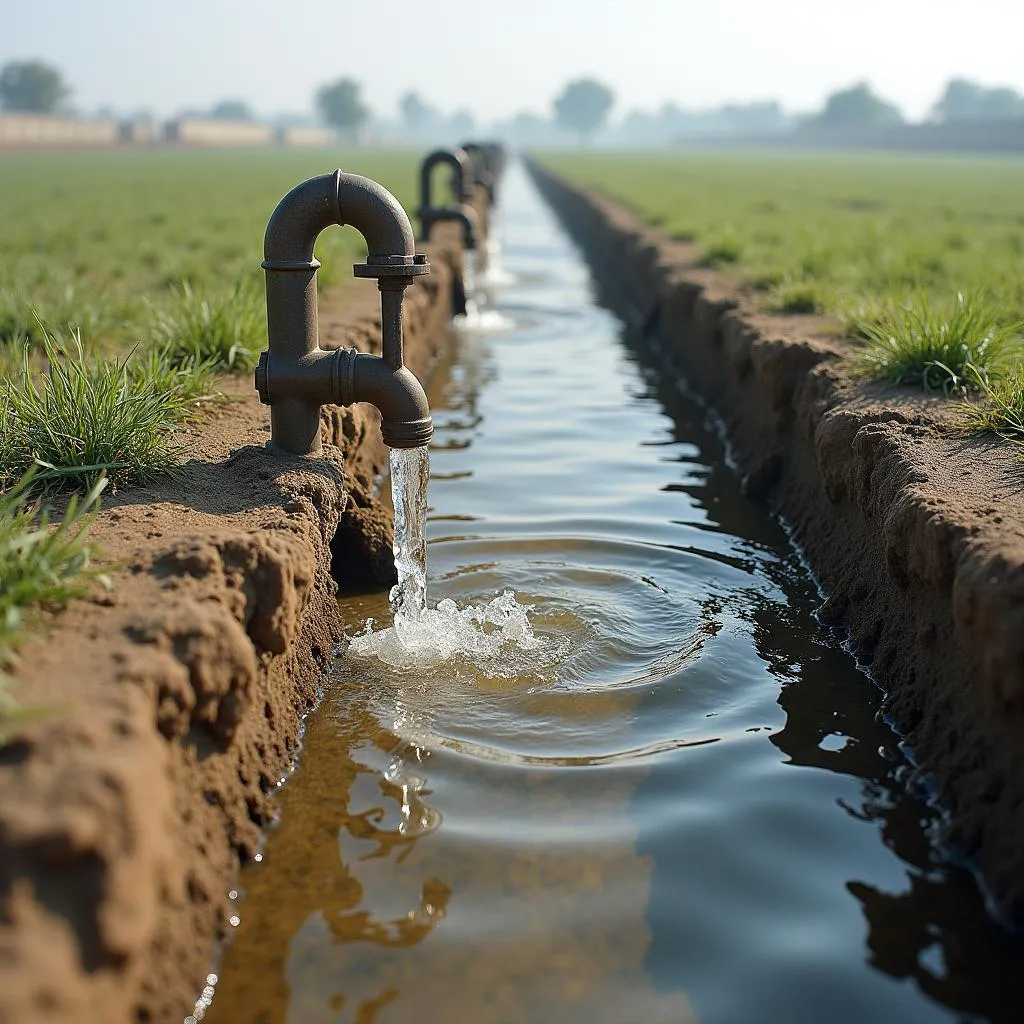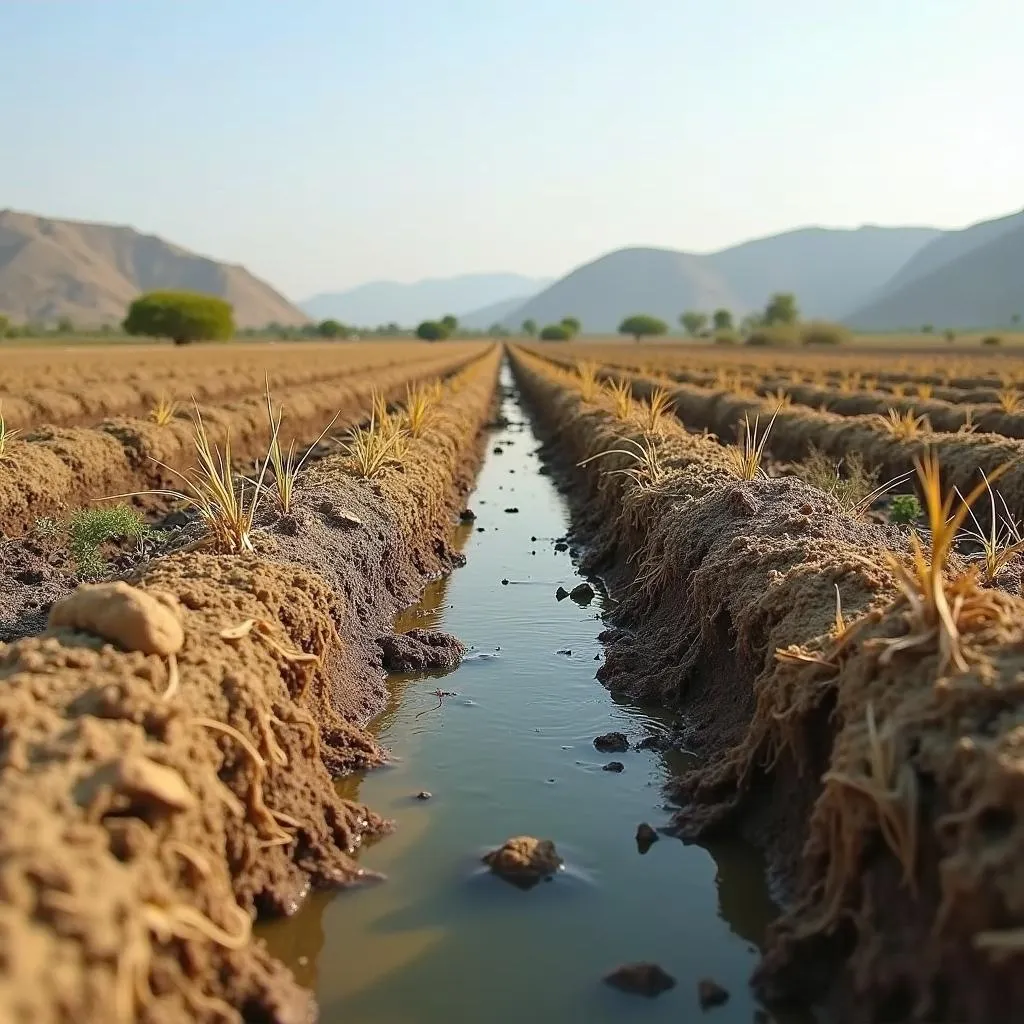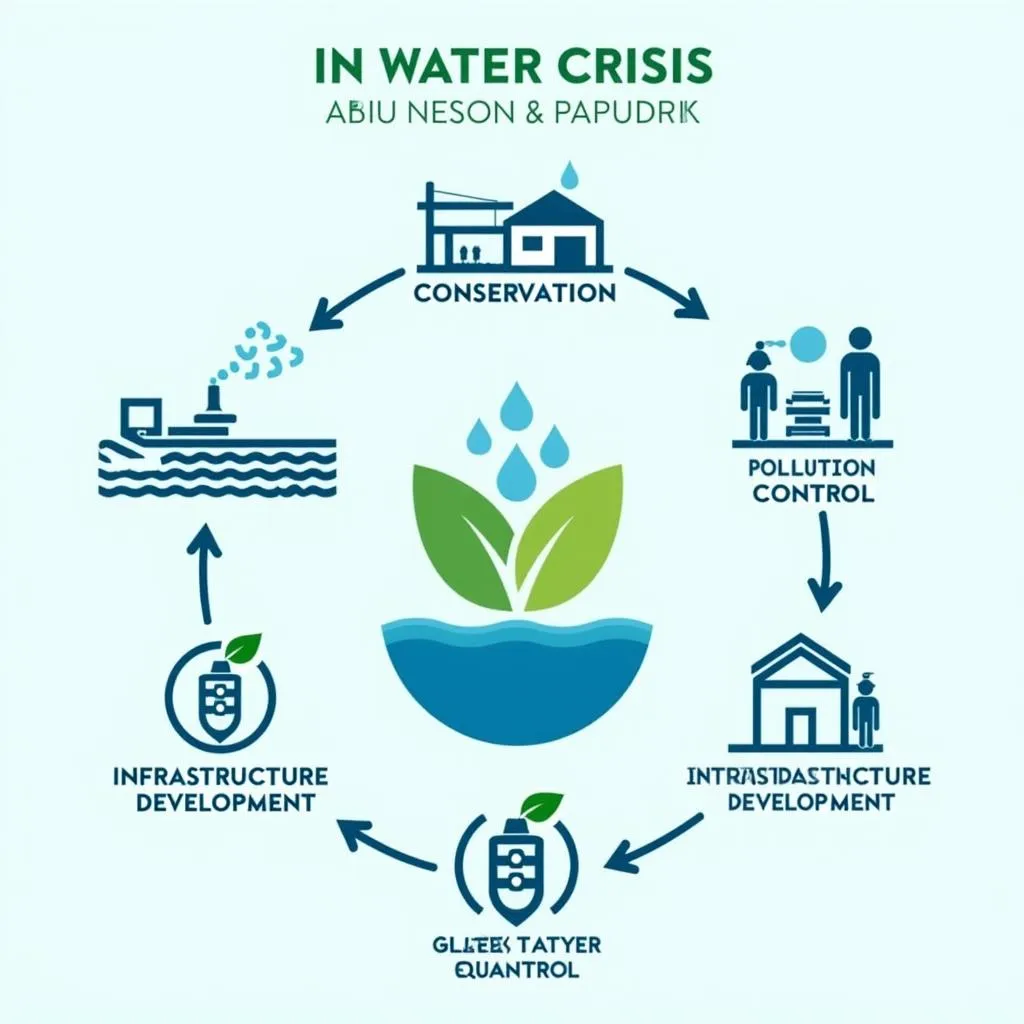Pakistan is facing a severe water crisis, with implications for its economy, agriculture, and human health. This essay will delve into the multifaceted nature of this crisis, examining its causes, consequences, and potential solutions.
Causes of the Water Crisis in Pakistan
The water crisis in Pakistan is rooted in a complex interplay of factors, including:
1. Climate Change:
- Increased temperatures lead to accelerated evaporation, reducing water availability.
- Changing precipitation patterns, characterized by unpredictable and intense rainfall, exacerbate flood risks and lead to water shortages during dry spells.
- Rising sea levels threaten coastal areas, jeopardizing freshwater resources and increasing salinity in groundwater.
2. Population Growth:
- Rapid population growth places immense pressure on water resources.
- Increased demand for water for drinking, sanitation, agriculture, and industry strains existing infrastructure and depletes water reserves.
3. Inefficient Water Management:
- Antiquated irrigation systems lead to significant water losses through seepage and evaporation.
- Lack of proper infrastructure for water storage and distribution exacerbates the problem.
- Inadequate water governance and weak enforcement of water regulations contribute to unsustainable water use.
4. Pollution:
- Industrial and agricultural runoff pollute water sources, making them unsuitable for drinking and irrigation.
- Sewage disposal problems further contaminate water bodies, posing serious health risks.
Consequences of the Water Crisis
The water crisis in Pakistan has far-reaching consequences:
1. Agriculture:
- Water scarcity threatens crop yields, impacting food security and livelihoods.
- Depletion of groundwater resources can lead to soil salinization, further reducing agricultural productivity.
2. Economy:
- Water shortages disrupt industrial production, hampering economic growth.
- Reduced agricultural output diminishes exports and affects national income.
3. Human Health:
- Access to safe drinking water is compromised, leading to waterborne diseases and health problems.
- Increased water stress can lead to conflicts and social unrest.
Solutions to the Water Crisis
Addressing the water crisis requires a multifaceted approach:
1. Water Conservation:
- Implement efficient irrigation techniques to minimize water losses.
- Promote water-saving practices in homes and industries.
- Encourage rainwater harvesting and groundwater recharge to replenish water resources.
2. Infrastructure Development:
- Invest in water storage and distribution systems to ensure reliable water supply.
- Upgrade existing irrigation infrastructure to reduce water waste.
3. Pollution Control:
- Enforce strict regulations on industrial and agricultural pollution.
- Improve sewage treatment facilities to prevent water contamination.
4. Water Governance:
- Implement effective water management policies to ensure equitable access to water.
- Strengthen water regulations and enforcement mechanisms to promote sustainable water use.
Conclusion
The water crisis in Pakistan is a pressing issue demanding urgent attention. Addressing the underlying causes through conservation, infrastructure development, pollution control, and effective governance is crucial for securing the nation’s future. By adopting a comprehensive approach, Pakistan can mitigate the impacts of the water crisis and ensure sustainable water resources for its population.
FAQ
1. What is the main reason for the water crisis in Pakistan?
The water crisis in Pakistan is a complex issue with multiple contributing factors, including climate change, population growth, inefficient water management, and pollution.
2. What are the potential consequences of water scarcity in Pakistan?
Water scarcity in Pakistan poses significant threats to agriculture, the economy, and human health. It can lead to food insecurity, reduced industrial output, waterborne diseases, and social unrest.
3. What are some effective solutions to address the water crisis in Pakistan?
Addressing the water crisis in Pakistan requires a combination of solutions, including water conservation, infrastructure development, pollution control, and effective water governance.
4. What role does the government play in mitigating the water crisis?
The government plays a vital role in addressing the water crisis by implementing policies, investing in infrastructure, and enforcing regulations to promote sustainable water management.
5. How can individuals contribute to water conservation in Pakistan?
Individuals can contribute to water conservation by adopting water-saving practices in their homes, such as using water-efficient appliances, fixing leaks, and minimizing outdoor watering.
6. Is the water crisis in Pakistan getting worse?
Yes, the water crisis in Pakistan is getting worse due to factors like climate change and growing population, making it more urgent to address this issue.
7. What are some of the initiatives being taken to tackle the water crisis?
Various initiatives are being implemented to tackle the water crisis in Pakistan, including the construction of dams, promoting water conservation, and raising awareness about water scarcity.
 Depiction of Inefficient Irrigation Systems in Pakistan
Depiction of Inefficient Irrigation Systems in Pakistan
 Impact of Water Scarcity on Agriculture in Pakistan
Impact of Water Scarcity on Agriculture in Pakistan
 Solutions to the Water Crisis in Pakistan
Solutions to the Water Crisis in Pakistan
If you need further support in understanding the water crisis in Pakistan or have any other questions, feel free to contact us at:
Number: +923337849799
Email: [email protected]
Address: Dera Ghazi Khan Rd, Rakhni, Barkhan, Balochistan, Pakistan
We have a dedicated team available 24/7 to assist you.